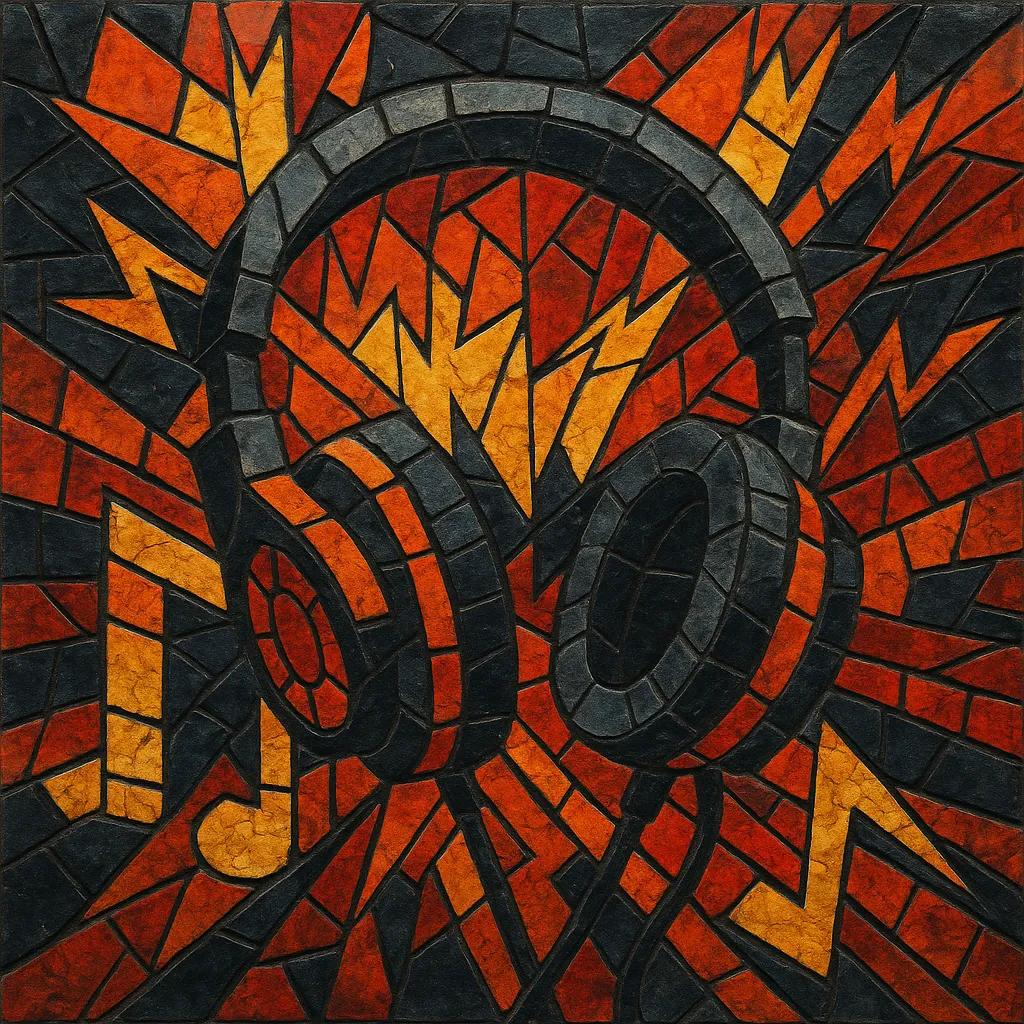Hard house is a high-energy, riff-driven branch of house music that emerged in the UK club scene in the mid-1990s. It pairs a relentless four-on-the-floor 909 kick and off‑beat open hi-hats with pumping, rolling basslines and bold, hooky synth stabs. Typical tempos range from about 135 to 150 BPM, with dramatic snare fills, risers, and breakdowns that set up big, euphoric drops.
Sonically it favors thick, saturated drums; hoover-style and supersaw leads; trance-tinged chords; and chopped or pitched vocal snippets. The focus is dancefloor momentum and DJ-friendly arrangement: long intros/outros, clear breakdowns, and memorable lead riffs designed for peak-time impact.
Hard house coalesced in the United Kingdom from the collision of UK house, acid house, techno, trance, and Hi‑NRG aesthetics. Early momentum came from late-night club institutions like Trade at Turnmills (London), where DJs pushed tougher, faster house with big riffs and dramatic breakdowns tailored to marathon sessions. The sound emphasized a driving 4/4, bold synth stabs (often hoover and supersaw timbres), and tightly arranged builds and drops.
By the late 1990s the style was fully codified and reached commercial visibility. Labels such as Tidy Trax (Tidy), Nukleuz, Tripoli Trax, Vicious Circle, and Tinrib Recordings defined the repertoire, while DJs and producers including Tony De Vit, BK, Lisa Lashes, Andy Farley, Anne Savage, Lisa Pin‑Up, Paul Glazby, and Nick Sentience popularized the sound across UK club nights like Sundissential, Frantic, Goodgreef, and Insomniacz. Compilation series (e.g., Hard House Anthems) and frequent radio mixes helped export the style beyond the UK.
Through the 2000s, hard house scenes thrived in the UK, Ireland, Australia, and parts of Europe. Parallel and adjacent styles—hard trance, hard NRG, and later hardstyle—both cross‑pollinated with and competed for the same peak‑time floors. As minimal and electro house rose mid‑decade, hard house receded from the mainstream but remained strong in specialist events and labels, with Australia’s Masif collective (among others) sustaining a vibrant scene.
Hard house endures as a cornerstone of the UK "hard dance" umbrella. Its DJ‑focused arrangements, big‑room riffs, and energetic pacing influenced offshoots such as hardbag and fed into the evolution of UK bounce/scouse‑house, which later informed donk. Periodic nostalgia cycles, reissues, and new productions keep the style active, while its production grammar—pumping side‑chain bass, hoover riffs, and breakdown‑to‑drop dramaturgy—remains a template for peak‑time intensity.


